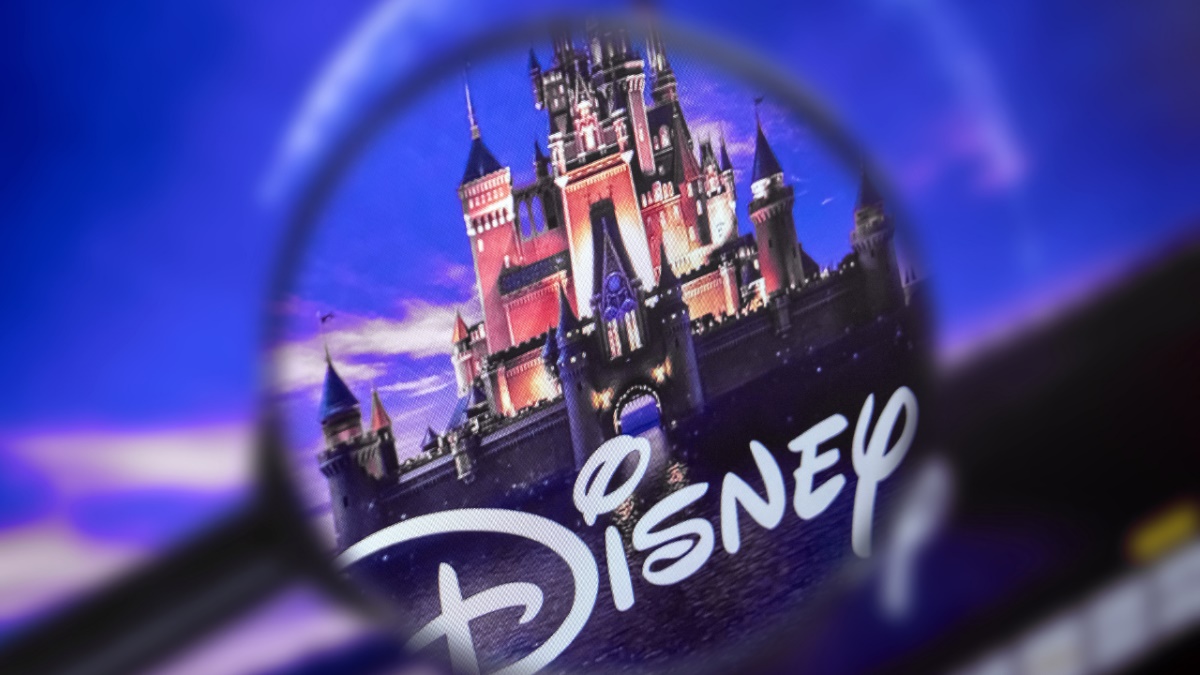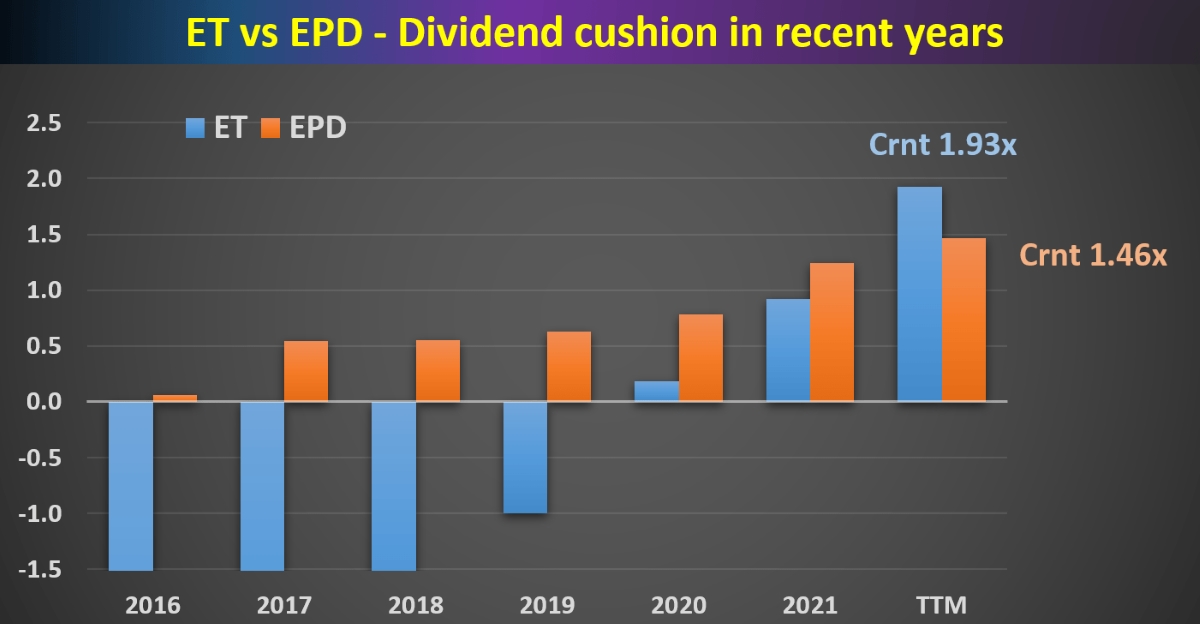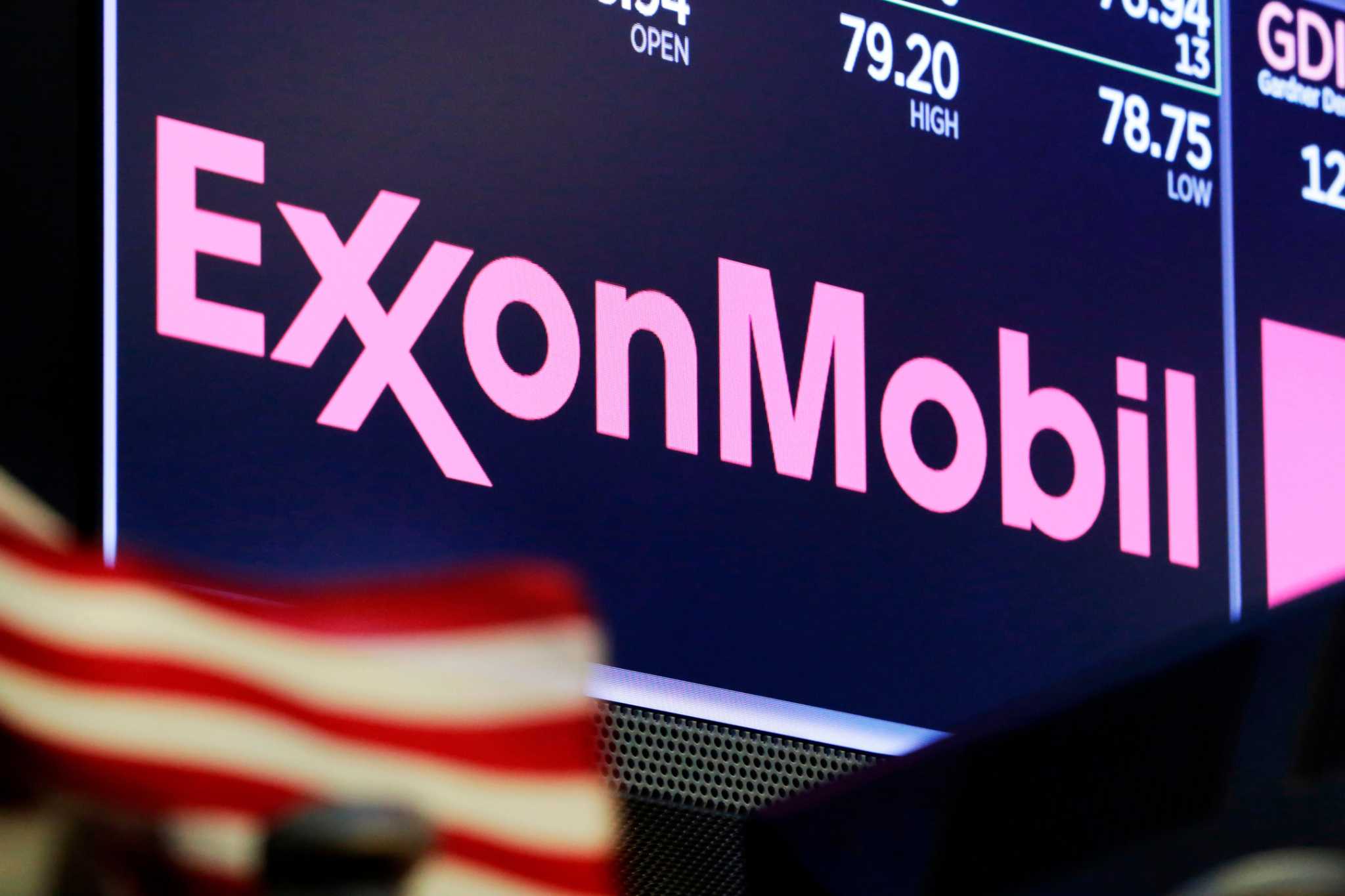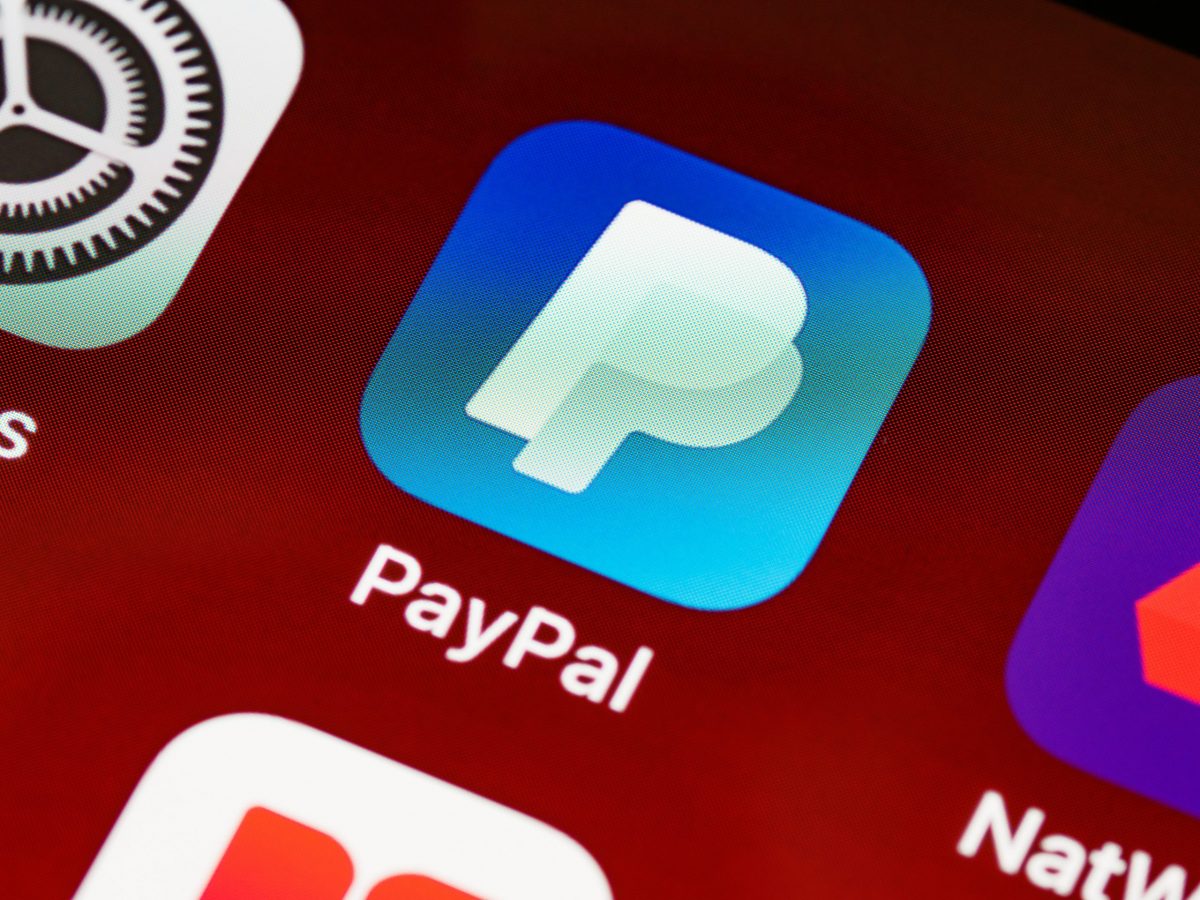

Finance
When Will Disney Pay Dividends
Published: January 2, 2024
Discover when Disney will start paying dividends and explore the financial opportunities it presents. Learn more about Disney's financial outlook and potential dividends.
(Many of the links in this article redirect to a specific reviewed product. Your purchase of these products through affiliate links helps to generate commission for LiveWell, at no extra cost. Learn more)
Table of Contents
Introduction
Welcome to the magical world of Disney, where dreams come true and fairy tales come to life. As one of the most iconic and beloved entertainment companies in the world, Disney has captured the hearts of millions with its enchanting stories, memorable characters, and spectacular theme parks. But beyond the enchantment lies a solid financial foundation, with Disney consistently delivering strong performance and generating substantial profits.
One aspect of Disney’s financial strategy that often interests investors is its dividend payments. Dividends are a way for companies to share a portion of their profits with shareholders, providing them with a regular source of income. For Disney shareholders, receiving dividends not only represents a monetary reward but also serves as a reflection of the company’s financial health and stability.
However, the question that arises in the minds of many investors is: When will Disney pay dividends? To unravel the answer, we must explore the history of Disney’s dividend payments, examine the factors that influence their dividend decisions, analyze their dividend policy, and assess their financial performance and dividend outlook. By doing so, we can gain insight into Disney’s position in the market and investor expectations.
So, join us on this financial journey as we dive into the world of Disney dividends and uncover the secrets behind when they will pay dividends.
The History of Disney Dividends
Disney has a long-standing history of providing dividends to its shareholders. The company began paying dividends in 1956, just a few years after it went public in 1952. Since then, Disney has maintained a consistent track record of dividend payments, with only a few interruptions during challenging economic periods.
Over the years, Disney has gradually increased its dividend payouts, reflecting the company’s continuous growth and success. This steady dividend growth has been welcomed by shareholders who not only benefit from the dividend income but also appreciate the company’s commitment to distributing profits.
During the early years, Disney’s dividend payments were relatively modest, reflecting the company’s smaller size and market presence. However, as Disney expanded its operations and diversified its business segments, the dividend payments saw significant growth. The company’s acquisition of notable properties, such as Pixar, Marvel, and Lucasfilm, further fueled its growth trajectory, resulting in increased profitability and higher dividend payouts.
It is worth noting that Disney’s dividend payments have not been immune to economic downturns. During times of economic uncertainty, such as the global financial crisis in 2008, Disney temporarily suspended its dividend payments to conserve capital and navigate through the challenging market conditions. However, the company quickly reinstated its dividends once the financial situation improved, highlighting its commitment to rewarding shareholders.
Overall, Disney’s dividend history reflects its dedication to shareholder value and its ability to generate consistent profits. The company’s track record of dividend payments, along with its sound financial performance, positions it as an attractive investment option for income-seeking investors.
Factors Influencing Disney’s Dividend Payments
Disney’s dividend payments are influenced by a variety of factors, including the company’s financial performance, cash flow, growth opportunities, and capital allocation priorities. Understanding these factors can provide insight into the timing and amount of Disney’s dividend payments.
Financial Performance: One of the primary factors influencing Disney’s dividend payments is its financial performance. The company’s ability to generate consistent profits is essential for sustaining and increasing dividend payouts. Higher revenue, strong profitability, and positive cash flow provide Disney with the necessary funds to distribute dividends to shareholders.
Cash Flow: Cash flow is a crucial consideration when determining dividend payments. Disney evaluates its cash position, including operating cash flow and free cash flow, to ensure it has sufficient funds available for dividend distribution. Positive cash flow allows the company to invest in growth initiatives while providing dividends to shareholders.
Growth Opportunities: Disney’s focus on growth and expansion can also impact dividend payments. The company continuously explores new business ventures, expands its theme parks, and invests in content creation. These growth initiatives require capital investment, which may impact the amount of funds available for dividends in the short term.
Capital Allocation Priorities: Disney’s capital allocation priorities play a significant role in dividend decisions. The company weighs the importance of reinvesting in the business, debt reduction, acquisitions, and returning capital to shareholders through dividends. Depending on the prevailing market conditions and growth opportunities, Disney may adjust its capital allocation strategy, which can impact the timing and amount of dividend payments.
Regulatory Environment: The regulatory environment can also influence dividend decisions. Disney must comply with applicable laws and regulations governing dividend payments. Changes in tax laws or regulatory requirements may affect the timing or structure of dividend distributions.
Shareholder Expectations: Ultimately, Disney considers the expectations and preferences of its shareholders when determining dividend payments. The company aims to strike a balance between rewarding shareholders and reinvesting in the business. Disney’s commitment to delivering value to its shareholders is reflected in its dividend history and continuous efforts to enhance shareholder returns.
By evaluating these factors, Disney’s management team can make informed decisions regarding dividend payments that align with the company’s financial health, growth prospects, and shareholder interests. Investors closely monitor these factors to gauge the potential timing and magnitude of future dividend distributions from Disney.
Disney’s Dividend Policy
Disney has a well-defined dividend policy that guides its approach to distributing profits to shareholders. The company’s dividend policy is influenced by several key factors and is designed to strike a balance between rewarding shareholders and reinvesting in the business.
Disney’s dividend policy is focused on providing a consistent and sustainable stream of dividend income to shareholders. The company aims to maintain a reliable dividend history, ensuring that investors who rely on dividend income can count on regular payments. This consistency enhances the appeal of Disney’s stock to income-focused investors.
While Disney strives to deliver steady dividends, the company also recognizes the importance of retaining sufficient funds for growth and investment opportunities. As a result, Disney’s dividend policy incorporates a prudent approach to capital allocation. The company evaluates its capital needs, financial performance, and growth prospects to determine an appropriate dividend payout ratio.
The dividend payout ratio is the proportion of earnings that is distributed as dividends to shareholders. Disney aims to maintain a balanced dividend payout ratio that allows for reinvestment in the business while still providing a reasonable dividend yield to shareholders. This ratio is subject to periodic review and may be adjusted based on the company’s financial position and strategic priorities.
Disney’s dividend policy also considers the sustainability of dividend payments over the long term. The company seeks to avoid excessive payout ratios that may strain its financial resources or hinder its growth prospects. By maintaining a sustainable dividend policy, Disney can better navigate economic challenges and continue to reward shareholders during both prosperous and challenging times.
Furthermore, Disney’s dividend policy acknowledges the importance of shareholder return. The company aims to enhance shareholder value by not only providing consistent dividend income but also by implementing share repurchase programs. These programs allow Disney to buy back its own shares, reducing the number of outstanding shares and potentially increasing the value of the remaining shares.
In summary, Disney’s dividend policy emphasizes the importance of providing consistent and sustainable dividend payments to shareholders while also prioritizing capital allocation for growth and investment opportunities. By maintaining a prudent approach to dividend distributions, Disney strives to deliver value to shareholders and position itself as an attractive investment option for income-seeking investors.
Disney’s Financial Performance and Dividend Outlook
Disney’s financial performance has been robust over the years, driven by its diverse revenue streams, strong brand recognition, and successful execution of its business strategies. This solid financial foundation has allowed Disney to consistently provide attractive dividend payments to its shareholders.
Despite the challenges posed by the COVID-19 pandemic, Disney has demonstrated resilience and adaptability. The company’s diversified business segments, including media networks, parks and experiences, studio entertainment, and direct-to-consumer, have positioned Disney to weather the storm and seek new growth opportunities.
Looking ahead, Disney’s dividend outlook remains positive. The company’s strong financial position, combined with its commitment to returning value to shareholders, indicates a continued focus on dividend payments. As the global economy recovers and Disney’s operations return to normalcy, it is anticipated that the company will resume its track record of steady dividend growth.
Disney’s direct-to-consumer segment, which includes the streaming service Disney+, has emerged as a key growth driver. The rapid subscriber growth and success of Disney+ have contributed to the company’s ability to generate increased cash flow and provide additional resources for dividend payments.
In addition, Disney’s parks and experiences segment, which faced significant challenges during the pandemic due to temporary closures and capacity limitations, is expected to rebound as consumer confidence returns and travel restrictions ease. The gradual reopening of Disney’s theme parks and the pent-up demand for immersive entertainment experiences are anticipated to drive revenue growth and contribute to the stability of dividend payments.
Furthermore, Disney’s successful integration of acquired properties, such as Marvel and Star Wars, has bolstered its content portfolio and expanded its global reach. The strength of these franchises, along with a robust pipeline of new content releases, provides Disney with a competitive edge and the potential for continued financial growth, supporting its dividend outlook.
It is important to note that future dividend payments are subject to various factors, including economic conditions, market trends, and the company’s ongoing performance. However, based on Disney’s strong financial performance, diversified business segments, and strategic initiatives, the company is well-positioned to continue delivering attractive dividends to its shareholders in the foreseeable future.
Comparison with Other Companies in the Entertainment Industry
When analyzing Disney’s dividend performance, it is helpful to compare it with other companies in the entertainment industry to gain a broader perspective on dividend trends and investor expectations.
One notable competitor to Disney is Comcast Corporation, a global media and technology company. Like Disney, Comcast operates in various segments, including cable communications, broadcast television, film production, and theme parks. While Disney has a long-standing history of dividend payments, Comcast has also established a reputation for consistent dividend distributions to its shareholders.
Another prominent player in the entertainment industry is Netflix, known for its streaming video-on-demand service. Unlike Disney and Comcast, Netflix does not currently pay dividends. Instead, the company has chosen to focus on reinvesting its profits into content creation and international expansion. This strategy reflects Netflix’s drive for rapid growth and global market domination.
AT&T, a telecommunications and media conglomerate, is another relevant comparison in the entertainment industry. AT&T acquired WarnerMedia in 2018 and has since ventured into the media and entertainment sector with properties such as Warner Bros., HBO, and CNN. AT&T has a history of paying dividends but has also faced pressures related to its debt burden and investments in infrastructure and content. The company’s dividend payments have fluctuated over time, impacting its overall dividend performance.
When comparing Disney’s dividend performance against these industry competitors, Disney emerges as a strong dividend player. The company’s long history of dividend payments, consistent dividend growth, and reliable dividend yield contribute to its appeal among income-seeking investors.
Disney’s ability to generate substantial profits, diversified business segments, and successful strategic acquisitions have positioned the company for continued dividend stability and growth. Furthermore, Disney’s brand recognition, global presence, and strong content portfolio provide a solid foundation for long-term dividend performance.
Investors evaluating dividend opportunities in the entertainment industry should consider the financial health, growth prospects, and dividend policies of companies like Disney, Comcast, Netflix, and AT&T. By comparing these factors, investors can make informed decisions regarding investment strategies and potential dividend income.
However, it is important to note that the entertainment industry can be subject to rapid technological advancements, evolving consumer preferences, and market disruptions, which may impact companies’ dividend policies and overall financial performance. Investors should continuously monitor the industry landscape and stay informed about any significant developments that may affect dividend expectations.
Market Expectations and Analyst Opinions
Market expectations and analyst opinions play a crucial role in shaping investor sentiment and influencing the outlook for Disney’s dividends. These factors provide valuable insights into how the market perceives Disney’s financial performance, dividend potential, and overall investment attractiveness.
As one of the largest and most well-known entertainment companies in the world, Disney garners significant attention from analysts and investors alike. Analyst opinions can serve as valuable guidance for investors, as these professionals analyze the company’s financials, industry trends, and competitive landscape to assess Disney’s prospects.
It is important to note that analyst opinions on Disney’s dividend outlook can vary based on individual perspectives and the prevailing market conditions. However, there are several key factors that analysts commonly consider when evaluating Disney’s dividend potential:
- Financial Performance: Analysts closely examine Disney’s financial performance, including revenue growth, profitability, and cash flow generation. A strong financial performance is often viewed as a positive indicator for dividend stability and potential increases.
- Content Portfolio: Disney’s vast content portfolio, encompassing popular franchises and intellectual properties, is deemed valuable by analysts. The ability to monetize these assets through various distribution channels contributes to the optimism surrounding Disney’s dividend outlook.
- Streaming Strategy: The success of Disney’s streaming service, Disney+, is a major factor influencing analyst opinions. The rapid subscriber growth and consistent content releases on the platform contribute to positive sentiment and expectations for potential dividend growth.
- Macro Environment: Analysts take into account the prevailing macroeconomic environment, including consumer spending trends, interest rates, and market volatility. These factors can impact Disney’s overall financial health and consequently influence dividend expectations.
- Competitive Landscape: Analysts assess Disney’s position within the competitive entertainment landscape. Factors such as market share, innovation, and the ability to adapt to changing consumer preferences can shape analyst views on Disney’s dividend prospects.
Market expectations for Disney’s dividends are often reflected in the company’s stock price. Positive analyst opinions and optimistic market sentiment can drive stock price appreciation, while negative outlooks or concerns may lead to a drop in share value.
Ultimately, individual investors should carefully consider analyst opinions and market expectations, but also conduct their own research and analysis based on their investment goals and risk tolerance. Diversifying one’s investment portfolio and consulting with a financial advisor can help ensure a well-informed investment strategy.
It is important to note that market conditions, company performance, and analyst opinions are subject to change. Regular monitoring of market trends and updated analyst reports can provide valuable insights into the ever-evolving landscape of Disney’s dividend potential.
Conclusion
In conclusion, Disney’s dividend payments have a long-standing history, reflecting the company’s commitment to providing value to its shareholders. The company’s financial performance, cash flow, growth opportunities, and capital allocation priorities all influence its dividend decisions.
Disney’s dividend policy aims to strike a balance between rewarding shareholders and reinvesting in the business. The company seeks to maintain a sustainable and consistent dividend track record, ensuring that investors can rely on regular income from their investments.
While past performance is not indicative of future results, Disney’s strong financial position, diversified business segments, and strategic acquisitions position the company for continued dividend stability and growth. The success of Disney+, the gradual recovery of its parks and experiences segment, and its robust content portfolio contribute to a positive dividend outlook.
Analyst opinions and market expectations also shape investor sentiment around Disney’s dividends. Analysts assess the company’s financial performance, content portfolio, streaming strategy, macroeconomic factors, and competitive landscape to form their views on dividend potential.
Investors considering Disney as an investment option should carefully evaluate these factors, conduct thorough research, and align their investment strategy with their goals and risk tolerance.
In the dynamic and ever-changing entertainment industry, staying informed and monitoring market trends and analyst opinions is essential. This will allow investors to make well-informed decisions regarding their investments and assess the potential for future dividend income.
In summary, Disney’s rich dividend history, strong financial performance, and positive dividend outlook position the company as an attractive option for income-seeking investors. As the story of Disney continues to unfold, the anticipation of when Disney will pay dividends remains an intriguing subject for investors.














